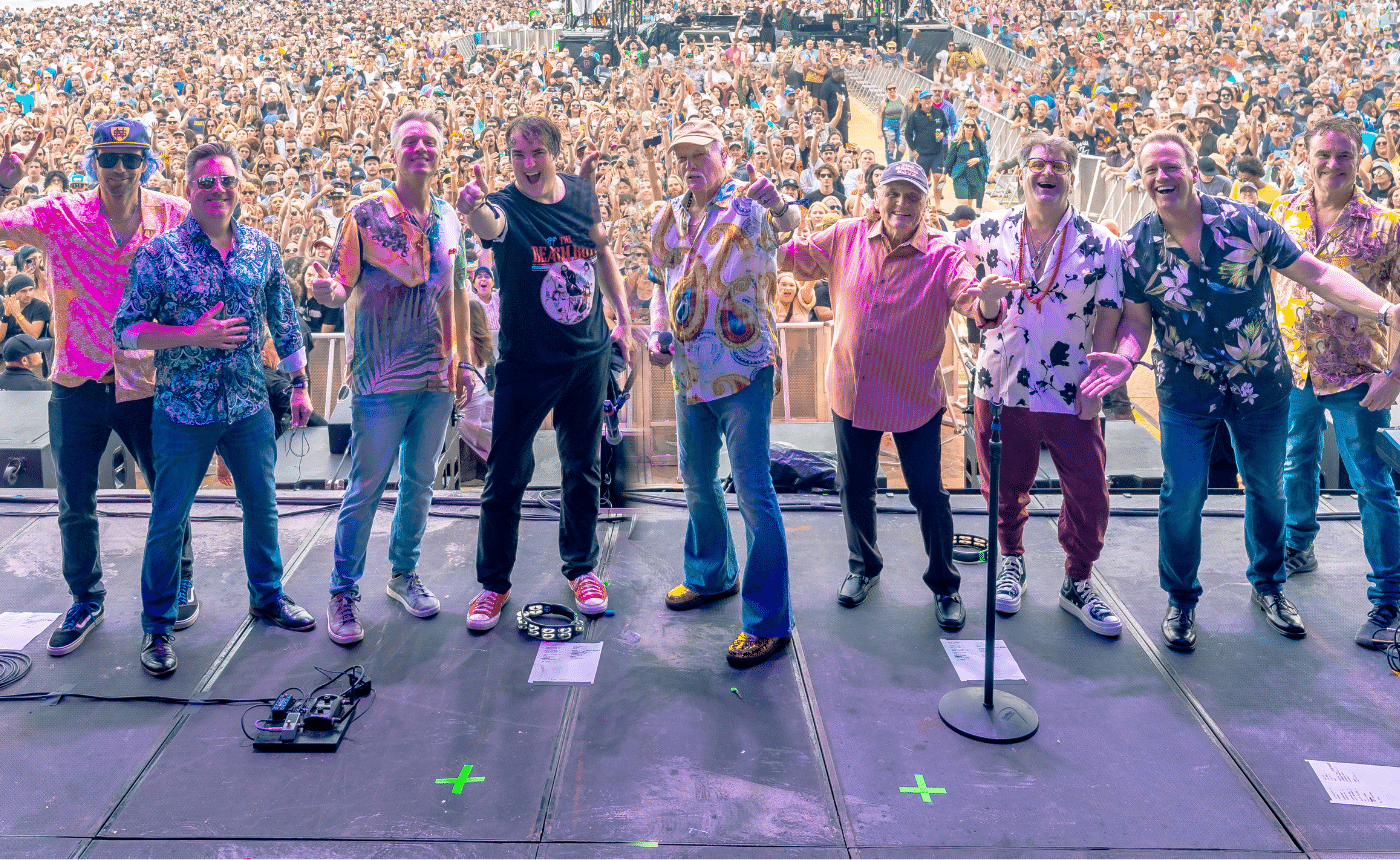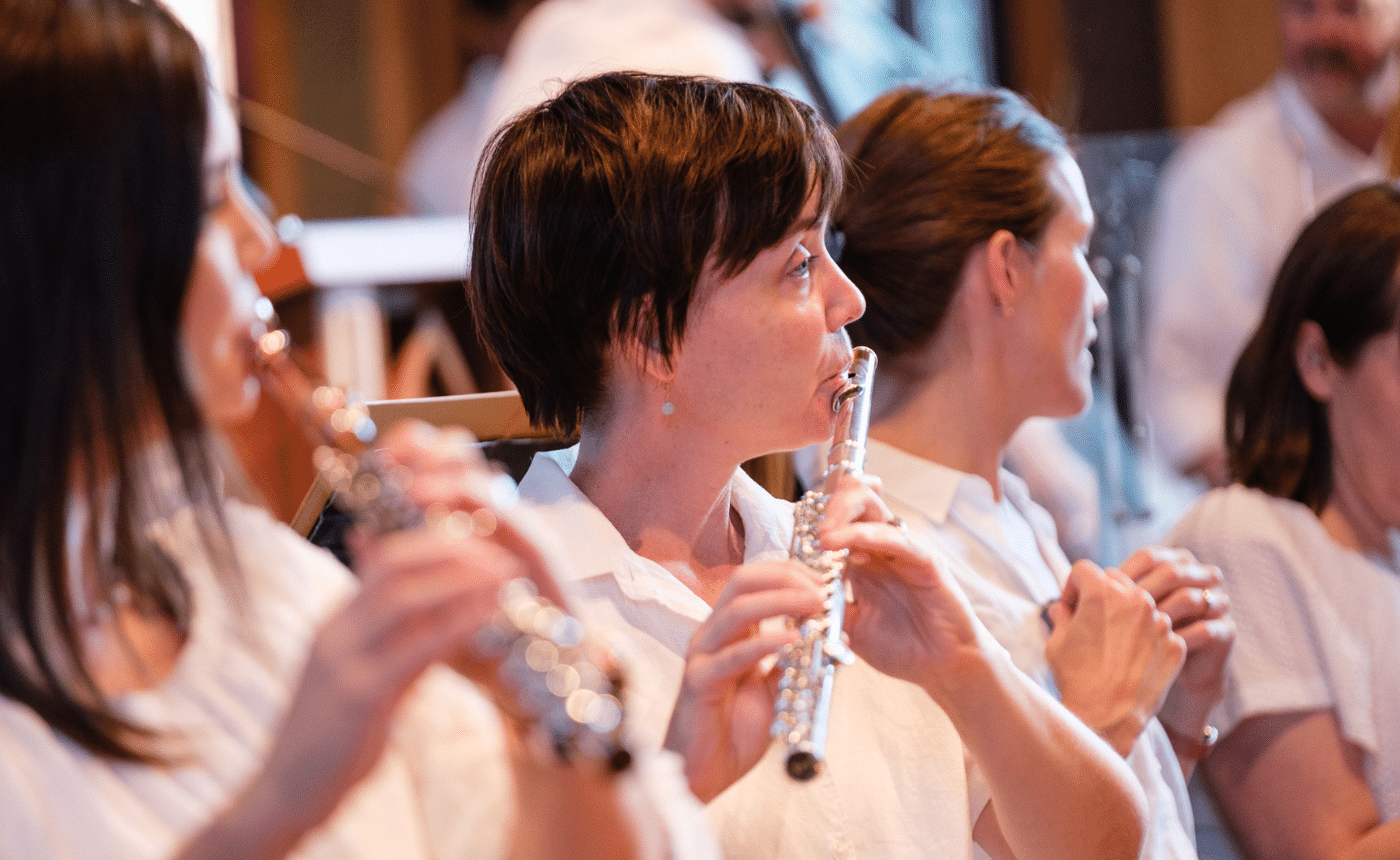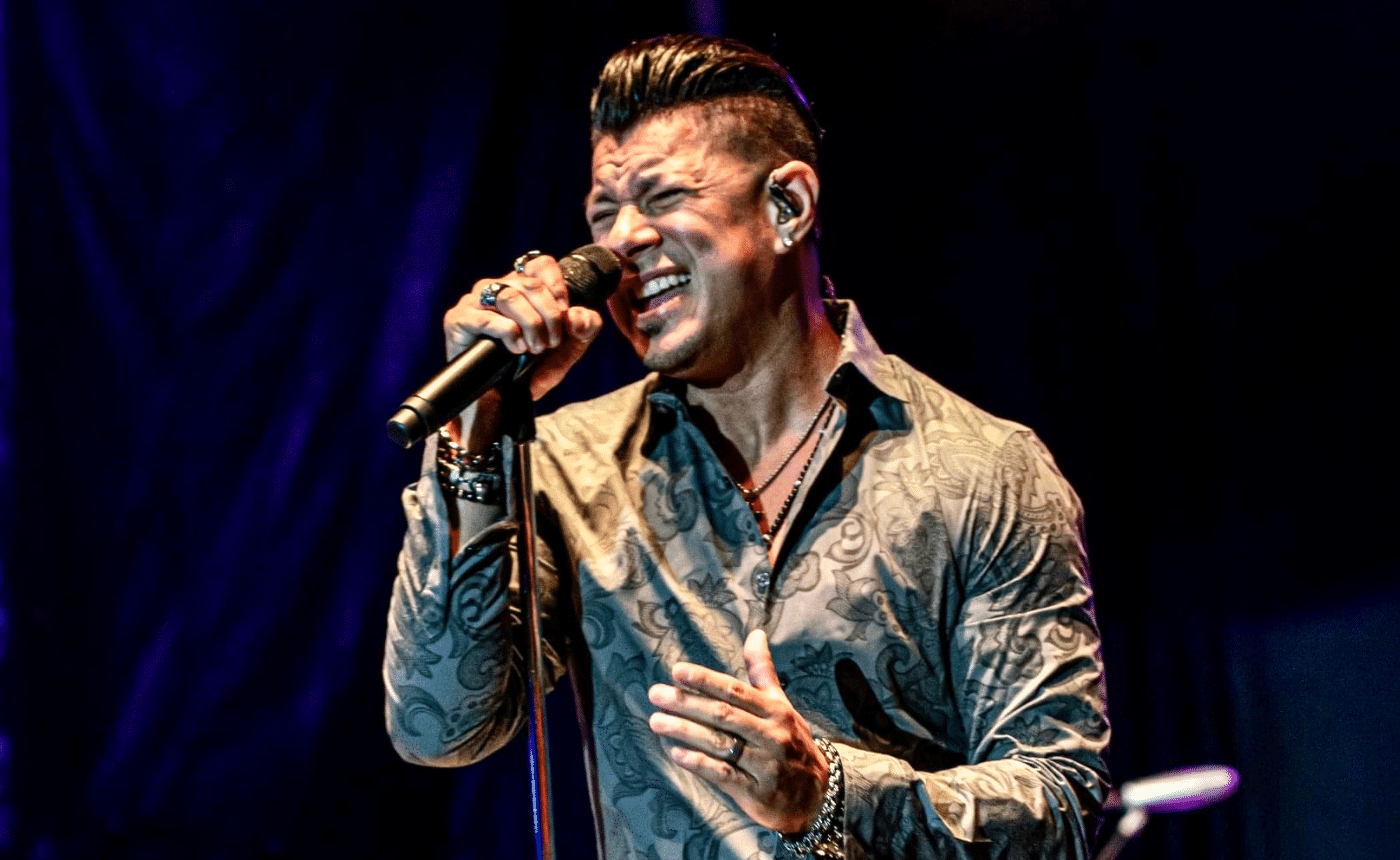Ravel – Concerto in G Major for Piano and Orchestra
By Jeff Counts
Instrumentation: piccolo, flutes, oboe, English horn, clarinets, Eb clarinet, 2 bassoons, 2 horns, trumpet, trombone, timpani, bass drum, suspended cymbal, snare drum, tamtam, triangle, woodblock, whip, harp, strings.
Duration: 23 minutes in three movements.
THE COMPOSER – MAURICE RAVEL (1875-1937) – Ravel traveled to Oxford University in 1928 to receive an honorary doctorate. Awards of that sort were hardly rare for artists of Ravel’s caliber but, given his lack of recognition at home (and his refusal to accept it when it finally came), the English gesture of appreciation is noteworthy. By this time, Ravel had moved 30km out of Paris and maintained that symbolic distance for the remainder of his life.
THE MUSIC – Many Ravel-era biographers have posited a Basque source for the thematic material of the G Major Piano Concerto. One claimed the work began as an unfinished project back in the 1910s, only to be partially resurrected and completed in 1931. Though this makes perfect sense, given Ravel’s Basque heritage and lifelong dedication to Spanish culture, it is worth mentioning that at least one other source recalled a comment from Ravel that indicated he developed the opening theme of the concerto much later on the train ride from Oxford to London in 1928. Despite the sketchy inspirational provenance, there is no doubt that the composer intended to use the G Major Concerto as the centerpiece of a grand tour in 1931 with himself as soloist. For three reasons, this did not happen. Ravel was in poor health at the time, mentioning once that both he and the concerto were “nearly finished.” Also complicating matters was the simultaneous creation of his other concerto, the D Major “Left Hand” commission for Paul Wittgenstein. Lastly, and perhaps most importantly, Ravel was not quite up to the challenge as a pianist. Though he practiced his technical skills with great dedication during the composition of the concerto, Ravel eventually realized that the he could best serve the piece from the podium. When it premiered in 1932, Ravel’s G Major masterpiece (the “more Ravelian” of the two in the composer’s own opinion) was performed by Margueritte Long.
THE WORLD – The Second Spanish Republic was proclaimed in 1931 after the overthrow of King Alfonso XIII. 1931 also saw the release of Bela Lugosi’s Dracula, the founding of Vatican Radio and the Invergordon Mutiny of Britain’s Royal Navy.
THE CONNECTION – Ravel’s G Major Concerto is programmed regularly by the Utah Symphony. The most recent performance occurred in 2007. Pavel Kogan conducted and Derek Han was soloist.












